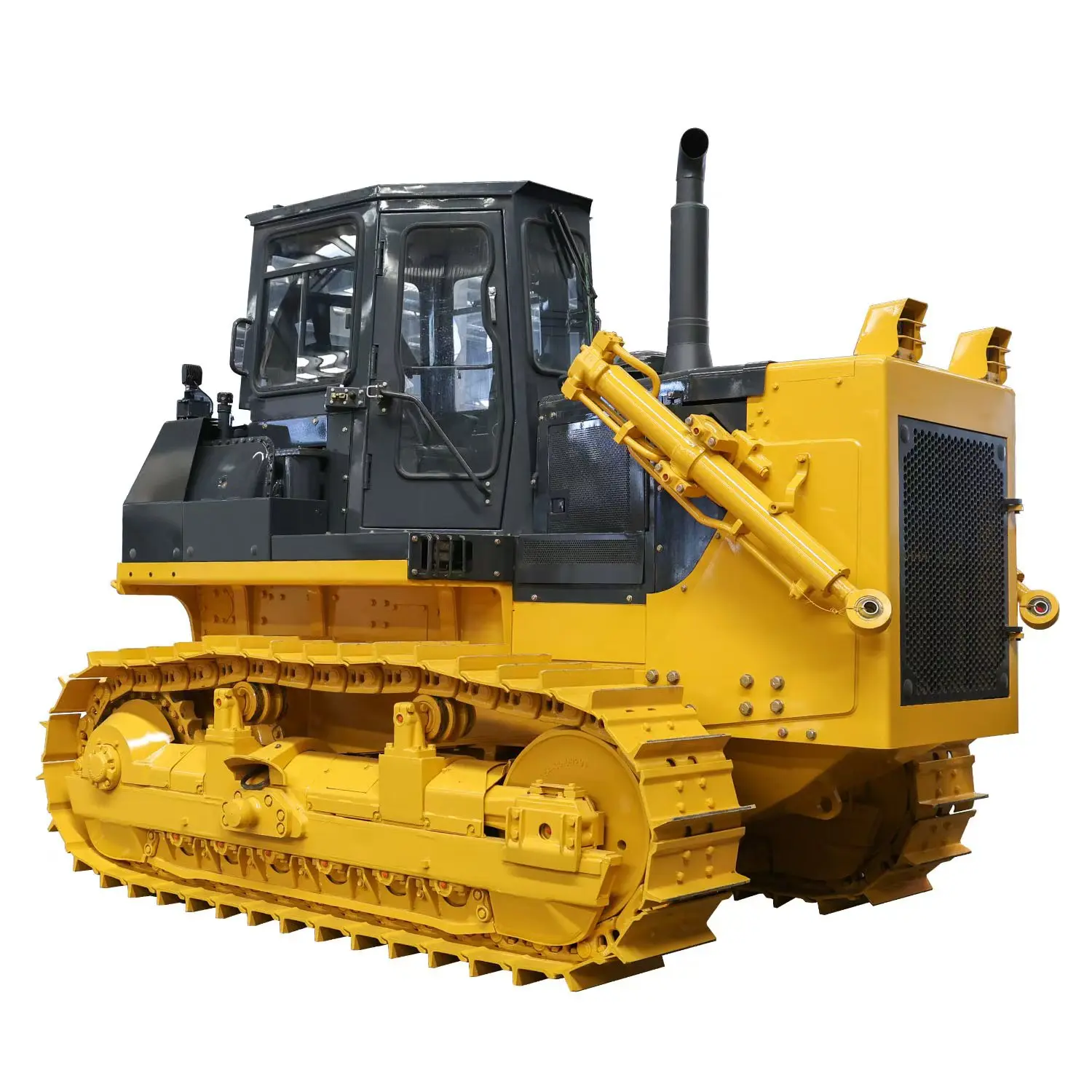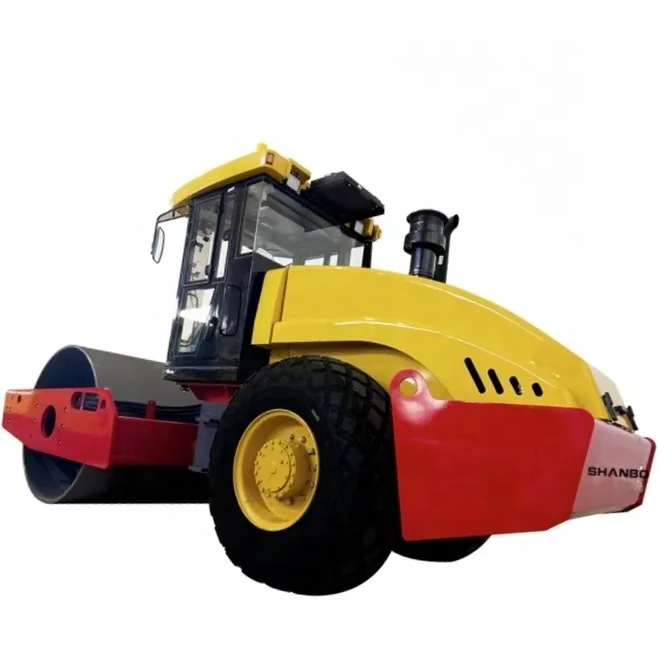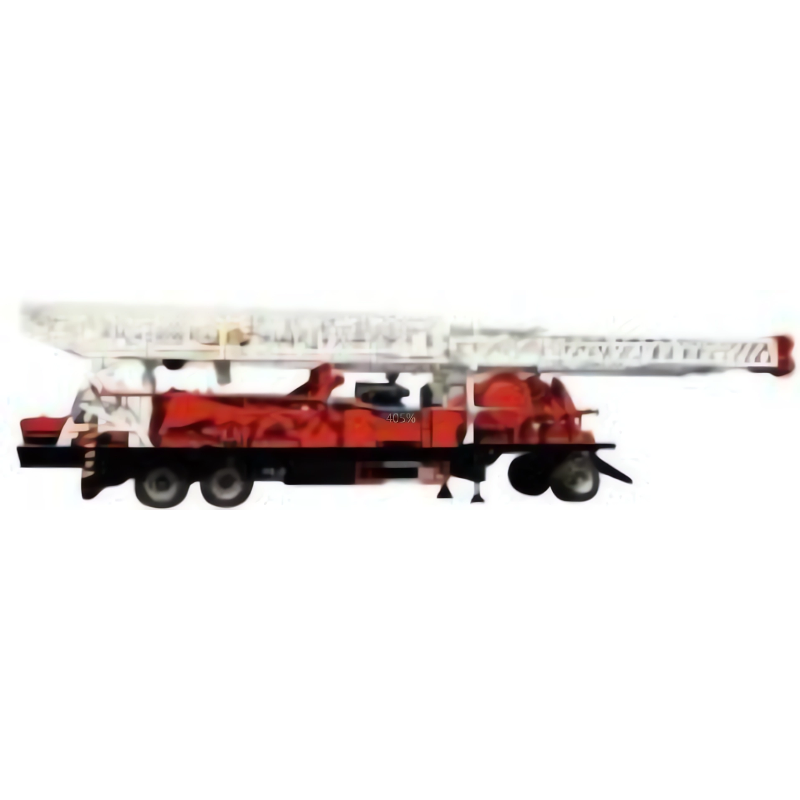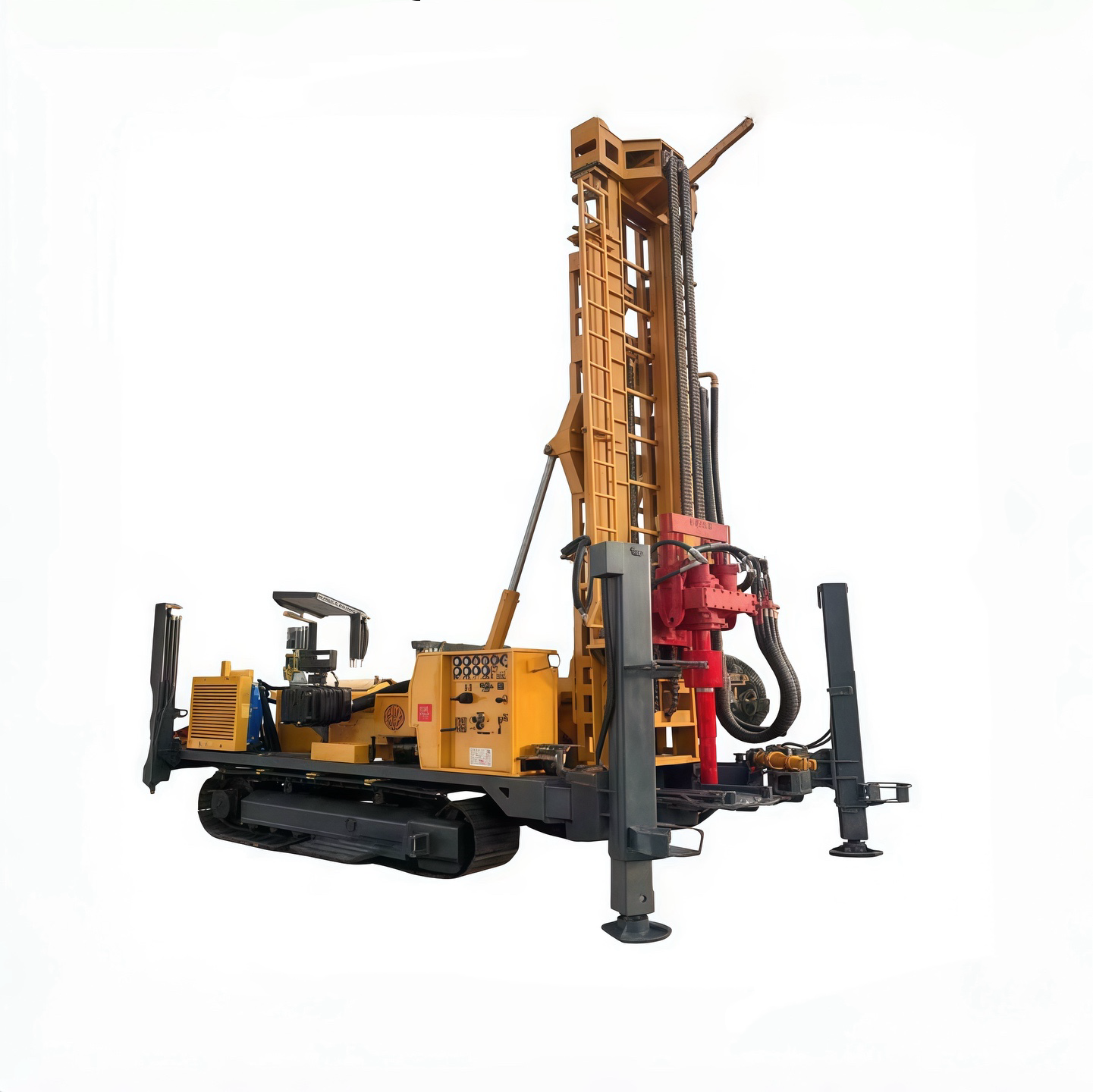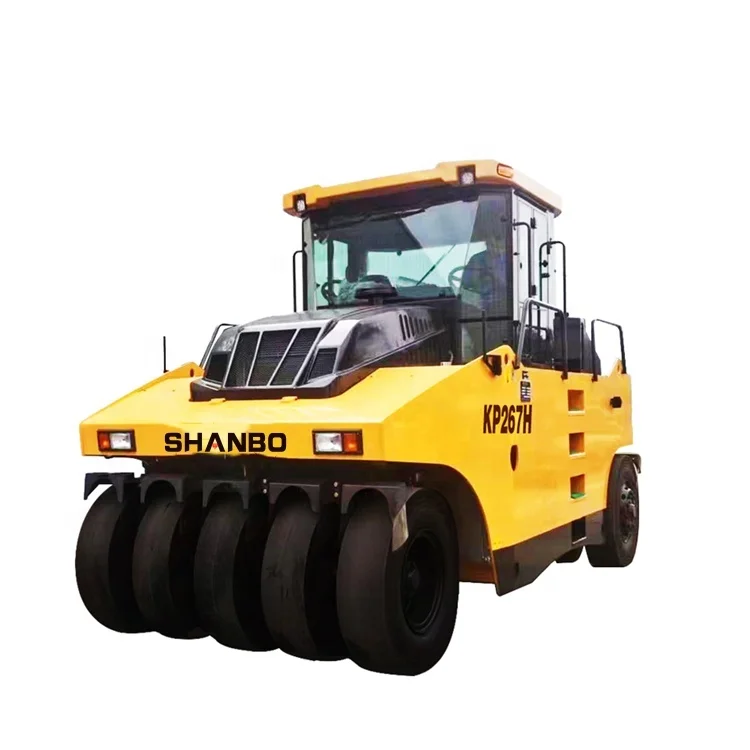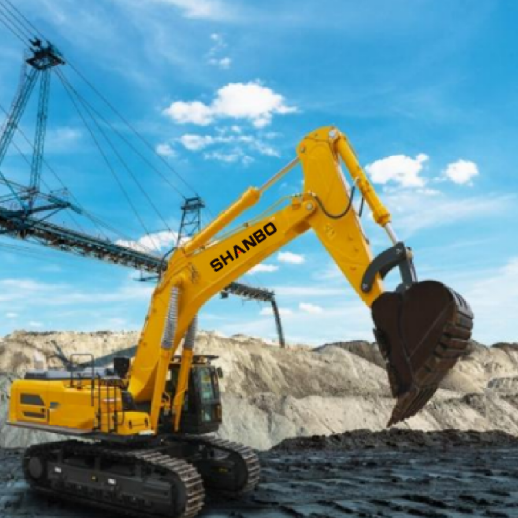The Ultimate Guide to Choosing the Right Bulldozer Heavy Equipment
Selecting the right bulldozer heavy equipment for a construction project is a critical decision that can make a significant impact on efficiency, productivity, and overall project success. Bulldozers are among the most powerful and versatile pieces of heavy equipment, being employed for uses that include land clearing, grading, and moving enormous quantities of material.
But with several types, sizes, and characteristics to choose from, choosing the most appropriate bulldozer heavy equipment requires a close consideration of project needs, terrain, and budget. The following is an in-depth analysis of the factors for choosing a bulldozer to enable you to make an informed decision that will suit your construction goals.
Understanding Bulldozer Types
Bulldozers come in different configurations, with each type being ideal for specific applications. Understanding the types available is the first step when choosing the right machine.
Crawler Bulldozers
Crawler bulldozers, also known as tracked bulldozers, which instead of wheels have tracks, are ideal for rough, uneven ground. The tracks provide excellent traction and stability and are ideal for applications like site clearing that is muddy or rocky. These bulldozers are commonly used in heavy construction, mining, and forestry operations where durability and grip are required.
Wheeled Bulldozers
Wheeled bulldozers have greater mobility and are quicker on flat surfaces. They are easier to operate in tight spaces and are often used in urban construction or projects that require frequent relocation. While less grippy than crawlers, wheeled bulldozers are viable for lighter ground and uses where speed is a significant factor.
Mini Bulldozers
For smaller projects or smaller areas, mini bulldozers provide a smaller alternative. These models are perfect for home construction, landscaping, or small grading jobs. They are extremely powerful and versatile in spite of their compact size and are an economical option for projects of limited scope.
Assessing Project Requirements
Your project type is a determining aspect in selecting the right bulldozer heavy equipment. Consider the following points to map the machine to your needs.
Project Scale and Scope
Large projects, such as highway construction or mining, require heavy bulldozers featuring big blades and high horsepower to shift enormous quantities of material. For smaller projects, such as residential site preparation, a compact or medium bulldozer will suffice. Take into consideration the size of the site, the amount of material to be moved, and the time limit to determine the size of the machine.
Terrain and Environmental Conditions
The terrain of your work area is a significant consideration in the selection of a bulldozer. Uneven, rocky, or muddy terrains call for a crawler bulldozer with heavy-duty tracks for stability. Flat or paved terrains, meanwhile, may be better suited for wheeled bulldozers. Also, consider environmental factors like extreme weather or temperatures, as these may affect machine performance and operator comfort.
Task-Specific Needs
Different applications require specific bulldozer features. For example, land clearing may require a bulldozer with a ripper attachment to rip through hard ground, while grading operations require precise blade control. Identify the primary tasks—whether ripping, grading, or pushing—and ensure the bulldozer possesses the necessary attachments or capabilities.
Key Features to Evaluate
Modern bulldozers come with several features that enhance performance, safety, and efficiency. Familiarity with these features will allow you to choose a machine that matches your operational needs.
Engine Power and Fuel Efficiency
The heart of a bulldozer is its engine, and the engine's power determines the machine's heavy load capacity. Engine horsepower ranges from under 100 in compact models to over 600 in large industrial bulldozers. Choose a machine with the appropriate power for your job considering fuel efficiency to minimize operating costs. The majority of new bulldozer heavy equipment possesses eco-friendly engines that reduce fuel consumption and emissions without hindering performance.
Blade Types and Sizes
The blade of a bulldozer is a critical component, and its type and size should be appropriate for your project requirements. Some of the standard blade types are straight blades for fine grading, U-blades for pushing high volumes of material, and angle blades for general use. The blade should be proportional to the machine's power and the volume of material you need to push.
Advanced Technology
Technology has also changed bulldozer operations with such features as GPS-guided systems for precise grading, telematics for real-time monitoring of performance, and automatic controls for better accuracy. Such features are particularly valuable for big projects where precision and efficiency are crucial. Determine whether your project would benefit from such features and whether the features are worth the additional cost.
Operator Comfort and Safety
Operator comfort directly impacts productivity, especially while operating for extended shifts. Look for bulldozers with ergonomic cabins, climate control, and adjustable seating to provide operator comfort during extreme weather conditions. Safety features like rearview cameras, proximity sensors, and reinforced cabins are required for reducing risks in crowded construction areas.
Budget and Cost Considerations
While performance is critical, budget is a fundamental consideration in bulldozer selection. Budgeting both for upfront costs and long-term value is the path to an affordable solution.
Purchase vs. Rental
Buying versus renting bulldozer heavy equipment is a matter of project frequency and longevity. Purchasing may be economical for long-duration or repeat projects since you are able to build equity in the machinery. For projects of short duration, renting reduces up-front costs and maintenance responsibilities. Compare rental charges, purchase costs, and maintenance costs to determine the most favorable option.
Maintenance and Operating Costs
Bulldozers require regular maintenance to operate optimally and have a long lifespan. Consider the availability of spare parts, maintenance schedules, and the complexity of maintenance procedures when choosing a model. Models with telematics systems can help monitor maintenance needs, reducing unexpected downtime. Factor in fuel costs and operator training costs as well in your ownership cost calculation.
Testing and Evaluation
Before finalizing your choice, test the bulldozer whenever possible. Many suppliers offer demonstrations or rental periods that allow you to evaluate the machine’s performance on your specific worksite. Pay attention to its ease of use, power, and compatibility with your project needs. If testing isn’t feasible, consult with industry peers or read reviews to gain insights into the machine’s reliability and performance.
Long-Term Reliability and Support
Investing in a bulldozer is a long-term commitment, so prioritize machines known for durability and supported by robust customer service. Check the availability of local service centers, spare parts, and technical support to ensure minimal downtime in case of repairs. A reliable support network can make a significant difference in maintaining project timelines and reducing operational disruptions.
Conclusion
Choosing the most suitable bulldozer heavy equipment for your construction project is a fine balance between project needs, price, and performance. By understanding the types of bulldozers, establishing your project demands, and considering vital factors like engine power, blade types, and technology, you can choose a machine that enhances efficiency and productivity.
Yuantian, a leading manufacturer of construction machinery, offers a wide range of high-performance bulldozers designed to meet the needs of modern construction projects. With advanced engineering, reliable powertrains, and durable components, Yuantian's bulldozer heavy equipment delivers exceptional performance, efficiency, and long-term value for contractors worldwide.
Recommended Products
 Hot News
Hot News
-
“Water Savior” 200 m Reverse Circulation Water Well Drills Arrive in Uzbekistan
2025-03-28
-
What Is a Bulldozer? Everything You Need to Know
2025-02-18
-
Skid Steer vs Bulldozer: Cost, Efficiency, and Versatility Compared
2025-11-13
-
Inside the Bulldozer Factory: How Modern Dozers Are Built from the Ground Up
2025-11-12
-
How to Operate a Spider Excavator Safely and Efficiently
2025-11-11
-
What Is an Excavator? A Beginner’s Guide to This Essential Construction Machine
2025-11-10
